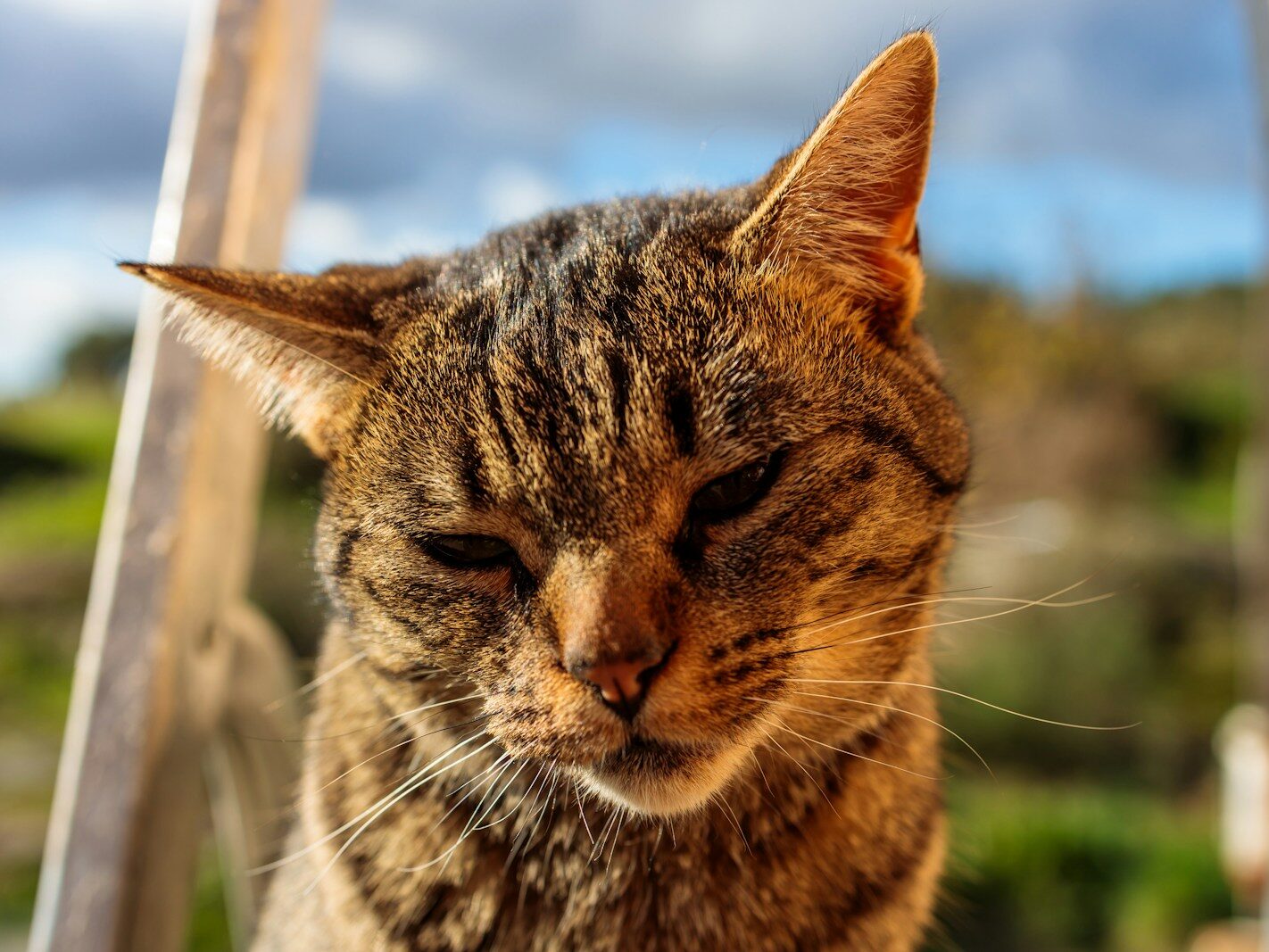
Cats are extraordinary at pretending everything is fine. It’s built into their nature—an ancient instinct for survival. In the wild, showing weakness could invite attack. So even now, living safely among humans, they still wear that mask. They hide pain so well that most owners don’t notice until it’s serious. But the truth is, their bodies are always talking. You justhave to learn their language. Here are 15 ways cats try to tell you they’re hurting.
They Stop Grooming Themselves
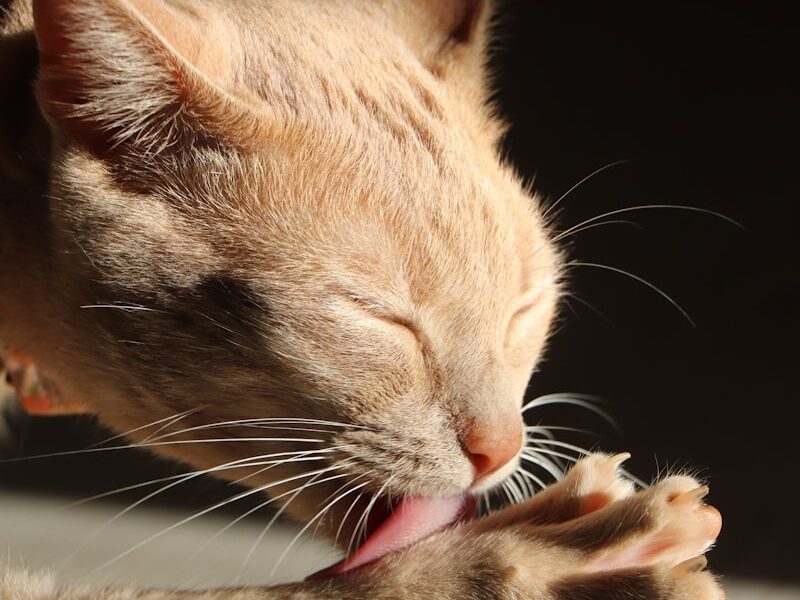
Grooming is a cat’s way of maintaining control, comfort, and pride. When a cat suddenly stops cleaning themselves, something deeper is wrong. They might be too sore to twist their body or lift their leg. You’ll notice dull fur, greasy patches, or a rough texture where they once looked sleek. Some even develop mats near their back or tail, areas hardest to reach.
They Hide More Than Usual
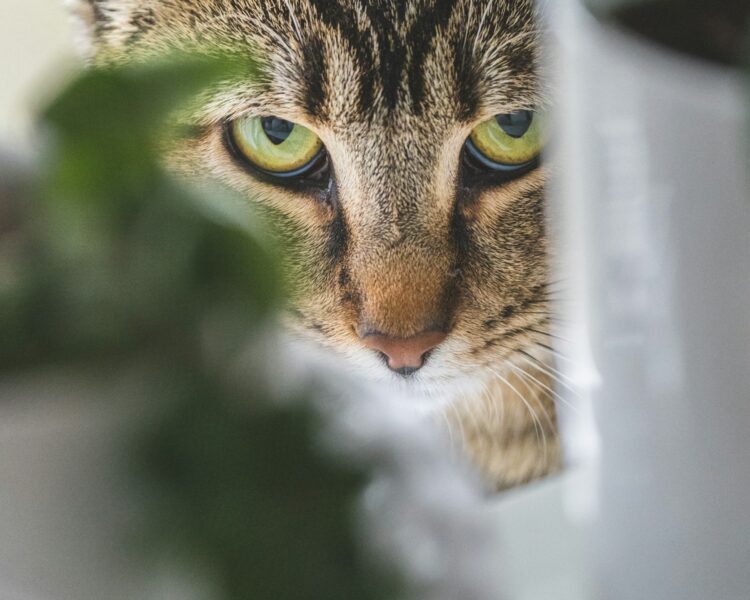
Cats retreat when they hurt. It’s how they protect themselves. You’ll find them in places they rarely go, like behind the couch, inside closets, and under the bed. They’re not sulking; they’re scared. Pain makes them feel exposed, and they instinctively seek darkness and quiet. They’re trying to heal where no one can bother them. When a normally social cat disappears for hours or days, that absence is often louder than a cry.
They Growl or Hiss When You Touch Them
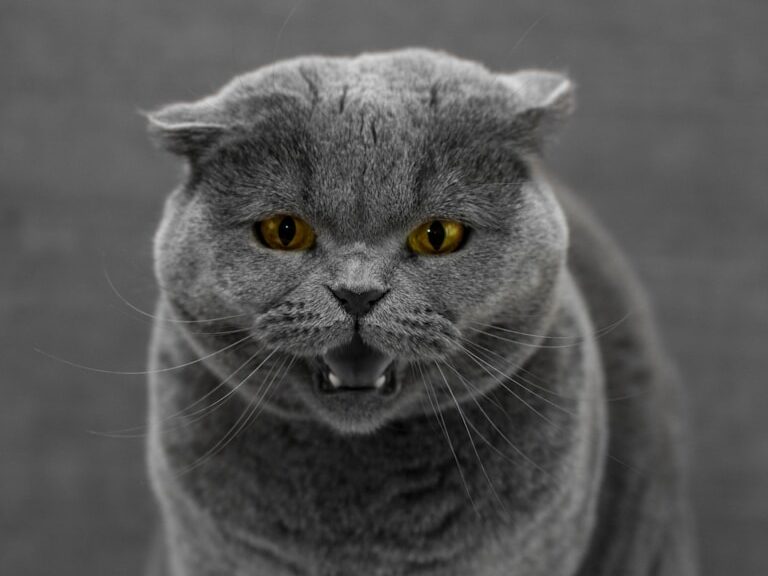
Cats don’t lash out for no reason. If they flinch, hiss, or bite when you touch a certain area, that’s not attitude—it’s defense. Their brain associates that touch with pain, so they react before you even press down. You might notice this when you pick them up, brush their back, or pet near their stomach. It’s their body’s reflex to protect what hurts most. They’re not angry at you; they’re asking you to stop because something inside them aches.
They Start Avoiding Jumps or Stairs
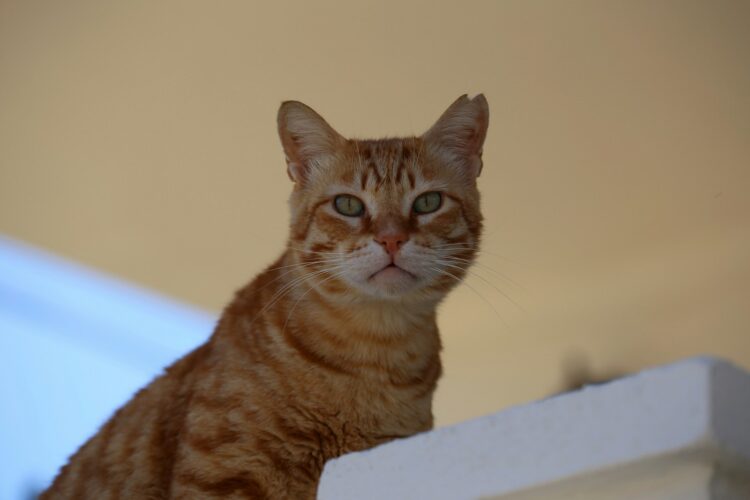
Cats are built to leap. Their muscles, balance, and joints are designed for it. So when a cat suddenly refuses to jump onto the couch, hesitates before climbing stairs, or miscalculates distances, that’s a red flag. Pain changes their confidence. They may sit and stare at a surface they once reached effortlessly, as if weighing whether it’s worth the effort. It rarely looks dramatic—just small pauses that say something inside doesn’t feel right.
Their Purring Changes

Purring is complicated. It’s not just happiness, but also how cats self-soothe when anxious or in pain. You might notice your cat purring while lying stiff, eyes half-open, instead of relaxed and curled. The tone might be lower or more constant. They’re not calm—they’re coping. Sometimes the purr becomes the sound of endurance, not contentment. Learning to tell the difference could mean catching pain long before it breaks them.
Their Appetite Fades
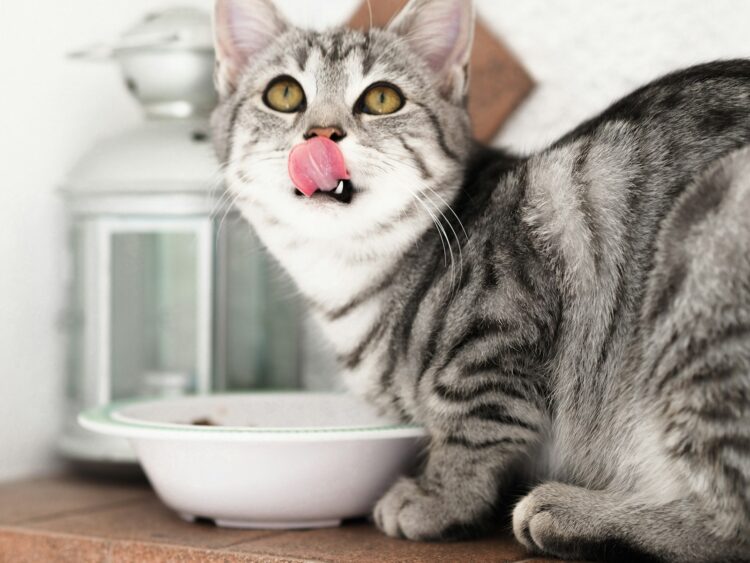
When a cat stops eating, it’s rarely stubbornness. Pain can make food lose its appeal. Dental problems like abscesses, inflamed gums, or fractured teeth can make chewing unbearable. Digestive pain, kidney issues, or nausea can suppress appetite completely. You’ll see them approach the bowl, sniff, maybe lick once, then walk away. That hesitation is a clue. Cats love routine—so when their mealtime rhythm breaks, it’s their body’s way of saying something inside isn’t right.
Their Breathing Changes
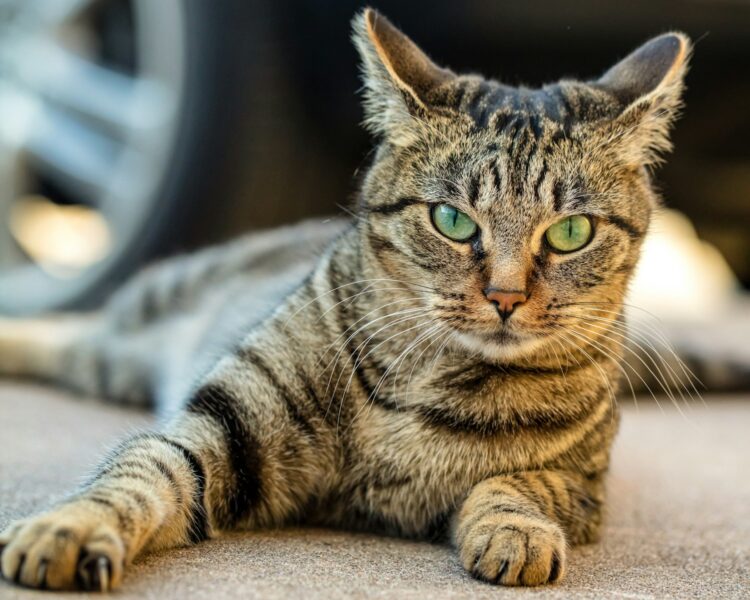
You can often hear pain in a cat’s breath. It might become short, shallow, or irregular, even when they’re still. Sometimes they start breathing through their mouth, which is rare and alarming in cats. You might notice their sides moving faster than usual or their chest tightening slightly with each inhale. Pain can cause stress hormones to spike, changing how oxygen flows through the body. It’s subtle but serious—breathing should never sound strained.
They Stop Using the Litter Box Properly
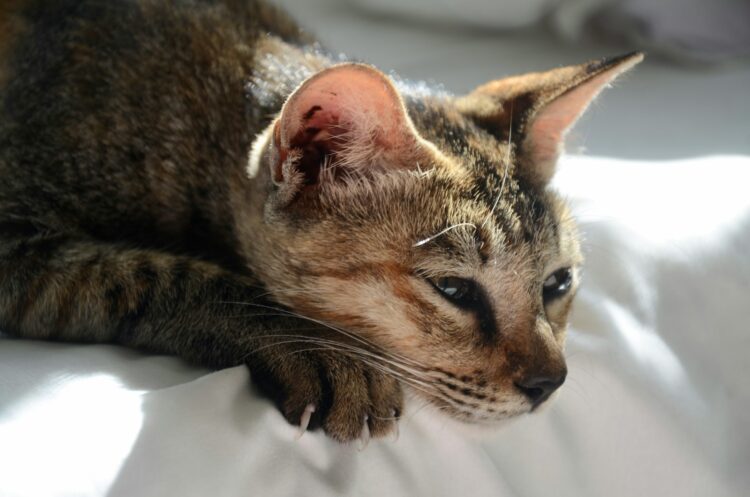
Cats are creatures of precision. When they start peeing or pooping outside the box, there’s usually a reason—often pain. Arthritis can make stepping into the box uncomfortable. Urinary infections can cause sharp pain that makes themassociate the box with discomfort. Sometimes they stand near it, cry softly, and leave without going. It’s not misbehavior—it’s communication. Their instincts are telling them that the place where it hurts isn’t safe anymore.
They Get Restless at Night

Cats often hide pain during the day, when things are busy and bright. But at night, when the world quiets down, the mask slips. You might hear pacing, scratching, or small vocalizations. They change positions repeatedly, unable to get comfortable. Some wander the house, stopping at odd places as if unsure where to rest. Pain doesn’t let them settle. That restless movement is one of the clearest signs their body won’t let them rest.
Their Eyes Look Different
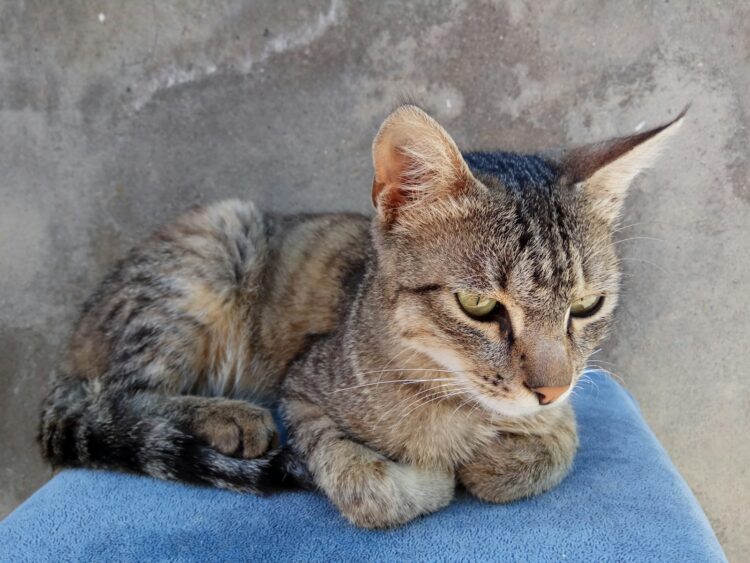
You can read a cat’s health in their eyes. Pain often changes the pupils—they may stay dilated even in light, or shrink more than usual. Their eyes might lose that sharp, curious spark and seem dull, unfocused, or heavy. Some cats squint one eye or keep it half-shut, especially if the pain is near the head. A cat’s gaze usually says everything: when it goes from alert to distant, something deeper is happening.
Their Posture Shifts
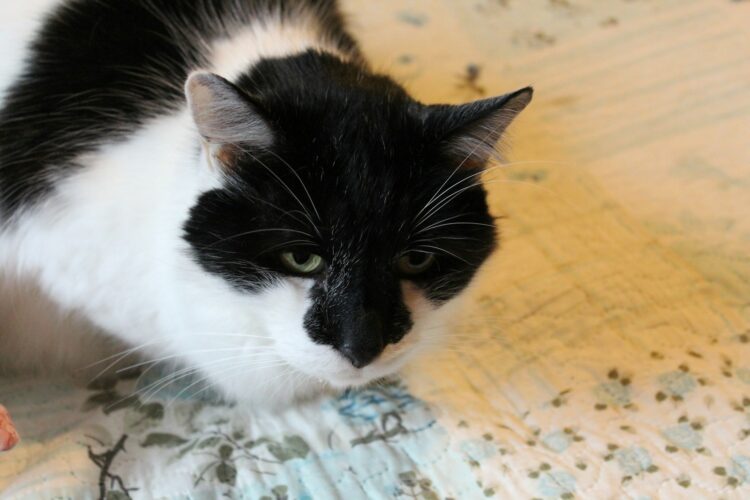
Watch how your cat sits or lies down. When they’re in pain, they hold their body differently—more guarded, tense, or hunched. Some curl tightly to protect their abdomen, while others stretch unnaturally flat to ease pressure. Their back might arch, or they keep their head low as if conserving energy. These subtle poses are quiet acts of self-preservation. The body finds ways to cradle what hurts, even when the mouth says nothing.
They Become Irritable or Withdrawn
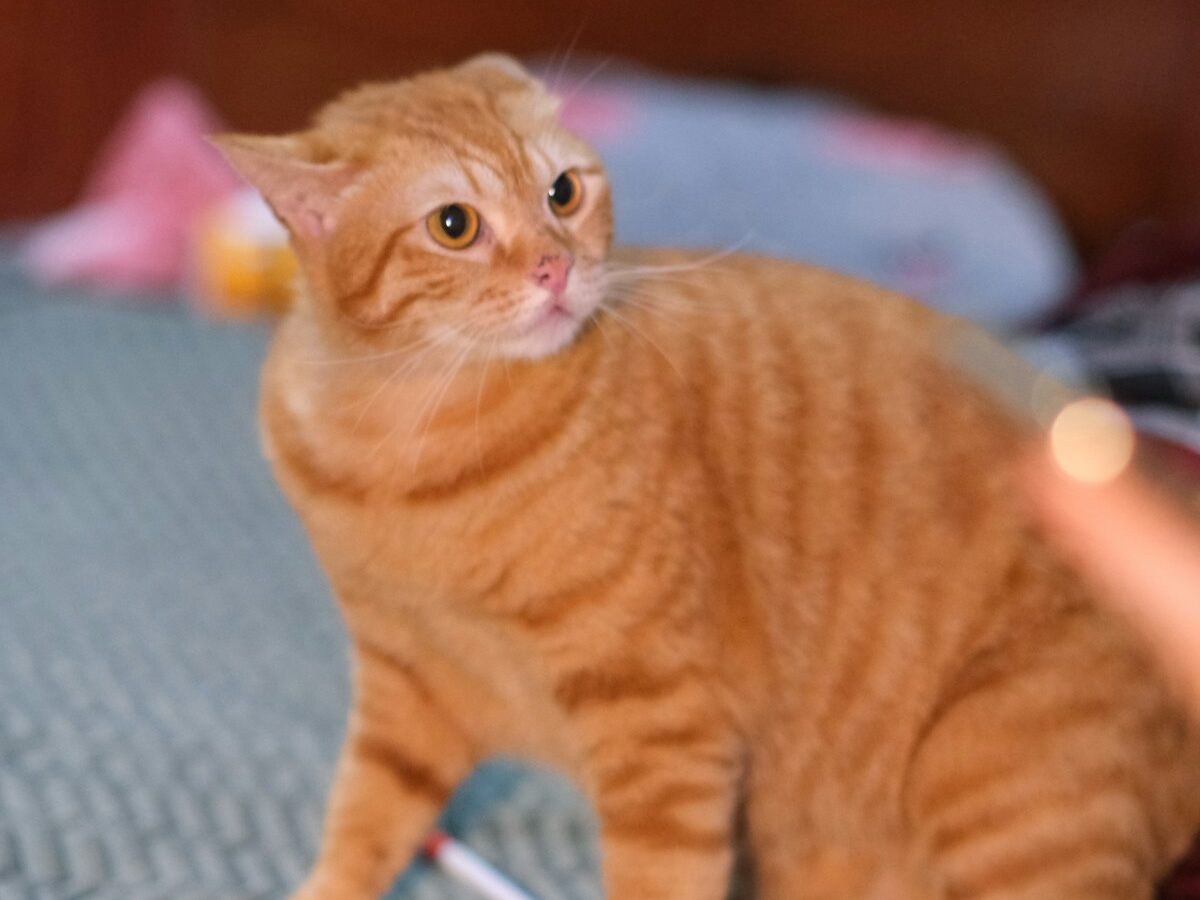
Pain changes personality. A cat who once purred easily may suddenly flinch or avoid touch. They might grow cold, quiet, or even suspicious of affection. It’s not rejection—it’s defense. They’re afraid every gesture might hurt. The change can be gradual: less eye contact, fewer cuddles, shorter interactions. People often misread it as moodiness, but it’s really a body under strain, guarding itself from more pain.
Their Voice Changes
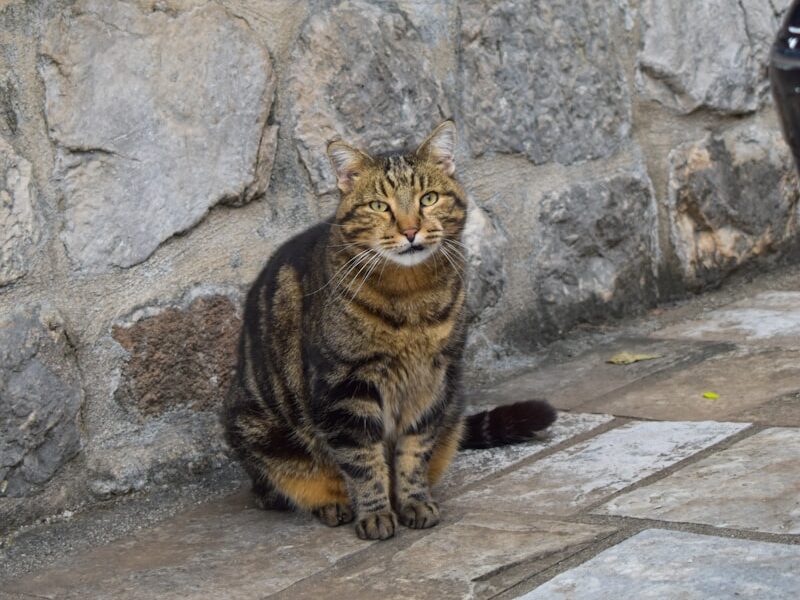
Cats use their voices differently when they’re in pain. Some go completely silent, conserving energy and avoiding movement. Others meow more often, but the sound is strained, hoarse, or mournful. The tone might be lower, as if each sound costs effort. You might notice them vocalizing when jumping, moving, or using the litter box. It’s not random—it’s their body flinching and speaking through sound. Every altered meow is a sentence in a language of distress.
They Lick or Bite One Spot Repeatedly
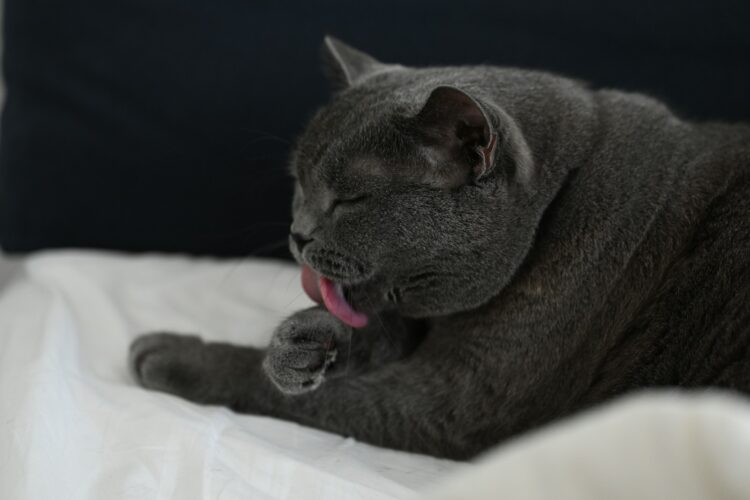
When pain focuses in one area, like a sore joint, inflamed organ, or healing wound, cats often fixate on it. They lick or bite the spot constantly, even when there’s nothing visible. The fur might thin, the skin redden, or small sores appear. Sometimes the pain is internal, but they sense it beneath the surface and try to soothe it with touch. If your cat keeps grooming one area obsessively, it’s not vanity—it’s an SOS in disguise.
They Just Seem “Off”
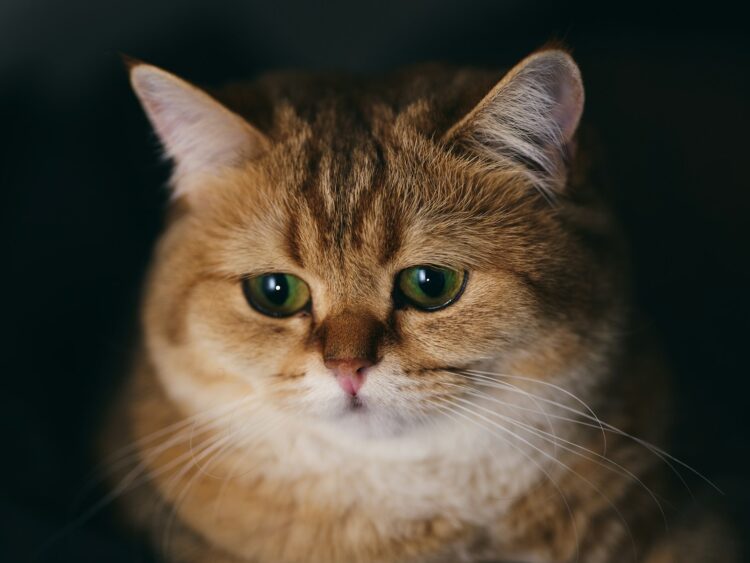
This is the hardest one to explain, but the easiest to feel. You know your cat’s rhythm—the way they walk, blink, settle into your lap. When something changes, even slightly, trust that instinct. Maybe they’re quieter, slower, or less interested in things they loved. Maybe their expression looks distant. That subtle “offness” is your first and most important clue. Cats rarely fake personality changes. When they shift, it’s because something inside has already shifted first.

